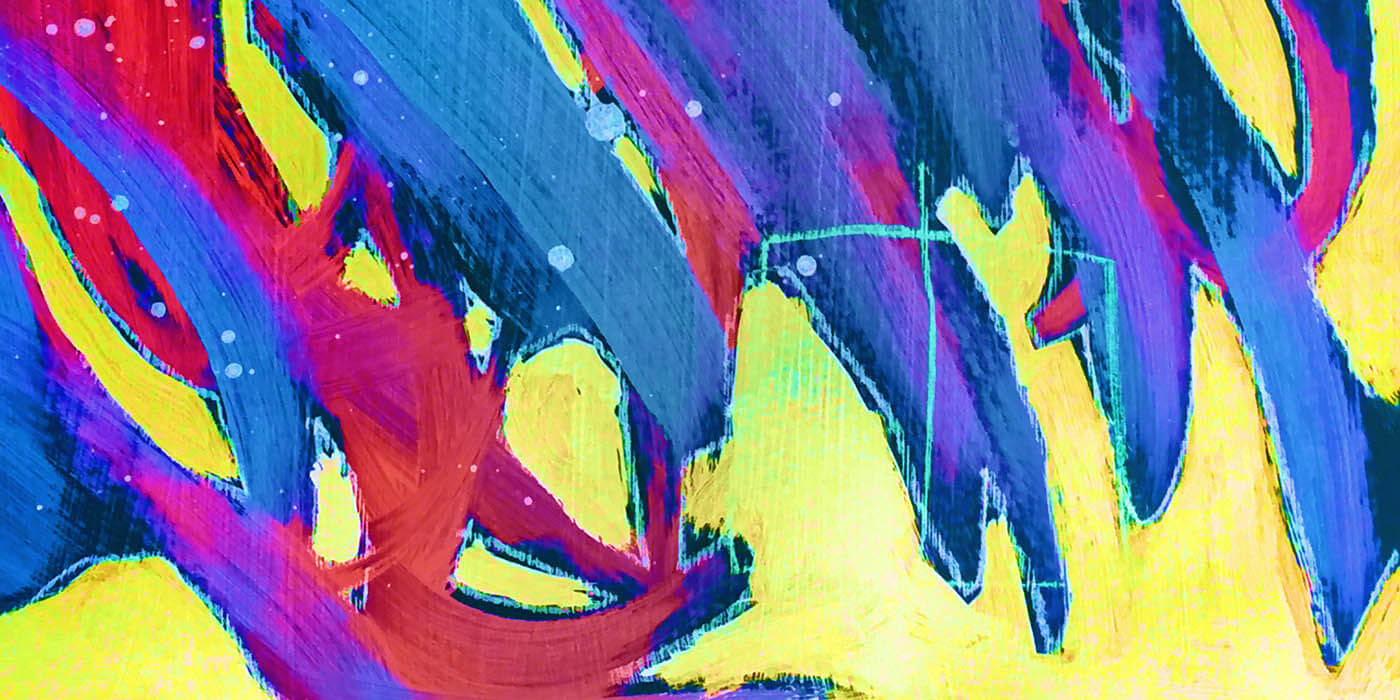As designers mature there is a natural tendency to shift focus from end products to the act of design itself. Indeed, we're seeing a period of maturation of the profession as the discipline of user experience continues to develop and expand. In some sense we can look at our careers as a microcosmic view of the profession of design.
When I started my career, I was intensely focused on the artifacts of design. I was—and to some degree continue to be—obsessed with learning about how something was created. What Photoshop tricks did that designer use or how was that site built? These were the things that I spent all of my time trying to suss out. Ultimately that made me rather proficient with the craft of production, but it left me limited in effectiveness.
Similarly, before the term “graphic design” existed, practitioners were hired to create end products: books, posters, identities, etc. The path from signed contract to artifact mattered only in respect to its tactical details. Each practitioner had their own process because they knew that it generated results. For the client's purposes, the process was inconsequential. They only cared about what the thing looked like at the end.
Ideas have always been one of the cornerstones of design, but in ’60s and ’70s the profession seemed to push them to the forefront. Virtuoso designers were at the height of their skill and influence created work that the established the value for design in the business world. As I was reading up for my class last fall, I came across this quote by Charles Eames:
“Design is a plan for arranging elements in such a way as best to accomplish a particular purpose.”
The best part of this quote is its focus away from the final product and instead on the act planning. I went through an extended period of my career where this was my model for design. I often knew what I would make in the end—a website, a brand system, a campaign—and would be focused on achieving a particular goal. The bulk of the work was to establish a plan to achieve that goal and to put pieces in place to ensure as much success as possible. This isn't a particularly bad way to look at design, but it doesn't deal with several aspects that make up a modern practice, namely research and iteration.
In my current work, I focus increasingly more on the research and understanding that goes into figuring out what the real design problems are. I'm fortunate to work across the lifecycle of a project, but I've come to believe that the better your mental model for the world, the more effective you can be in your work. To construct such a model one needs to (personally) do research and use that research to create working models of systems. I've observed my career move in this direction, and I feel strongly that it results in more meaningful work.
I was listening to an episode of Design Matters late last year in which Debbie Millman was interviewing the talented designer Kelli Anderson. It's quite a broad interview, but one thing that Kelli said really stuck with me:
“I really believe that design is a research tool to go into that unknown territory and be able to highlight the reasons why things happen that are maybe hidden from us.”
This is the most resonant summation of design that I've come across, and it really gets at the value that design brings to our world. Design isn't about the stuff, it's about the learning, thinking, and doing. Through the focus on this action, design becomes a tool that isn't reliant on one particular outcome or result. It is an activity that a broader range of people can take part of and contribute to. This really is the power of design and will be the constant as the discipline continues to evolve.

No Comments.